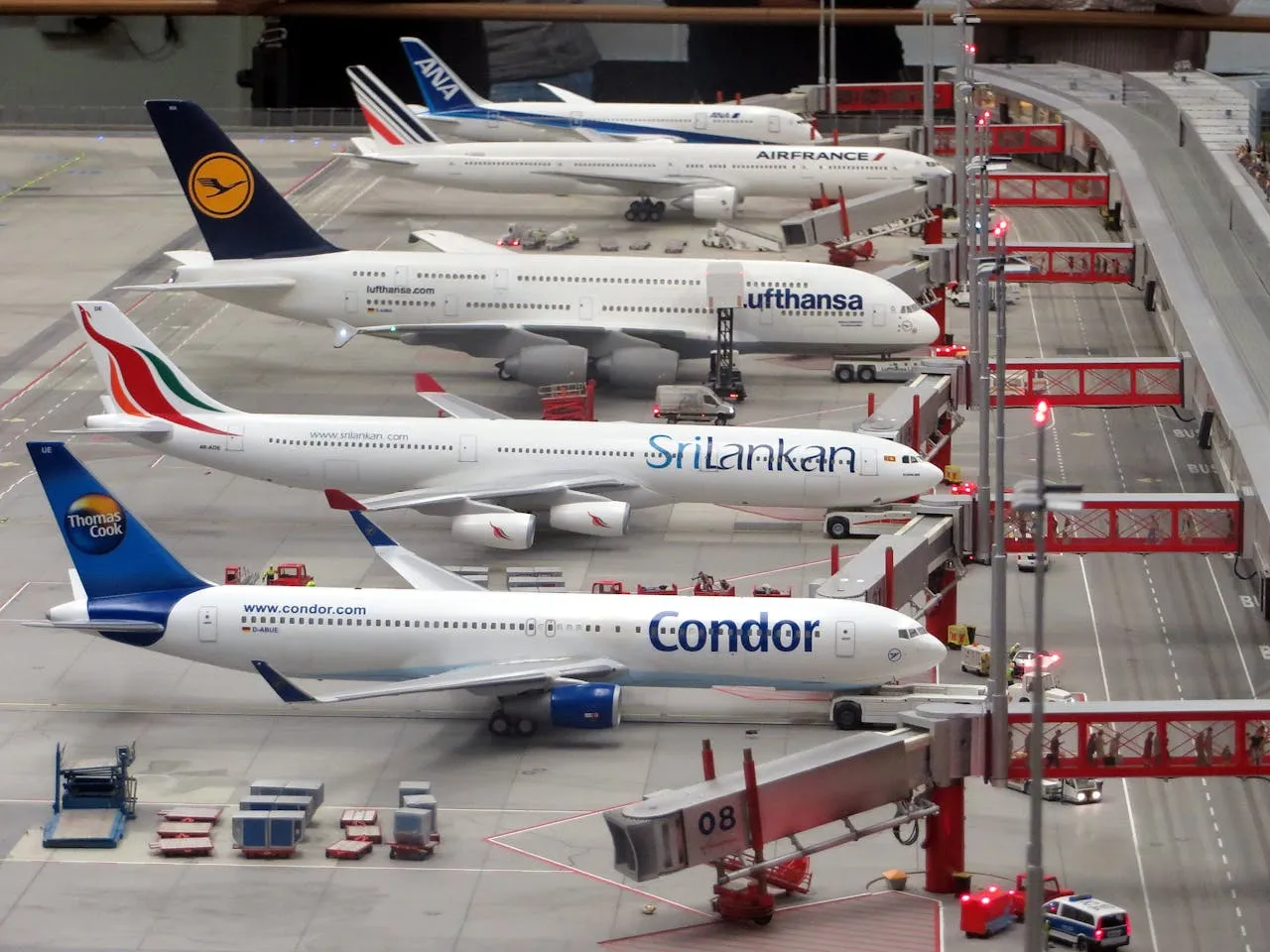
Boeing predicts that Southeast Asia’s passenger air traffic will more than triple over the next two decades, driven by above-average global economic growth and a rapidly expanding middle class. The region’s airplane fleet is expected to increase over threefold, reaching 4,960 jets, to accommodate the growing demand for air travel, according to Boeing’s 2024 Commercial Market Outlook (CMO), which outlines long-term projections for commercial airplanes and services.
By 2043, passenger air traffic in Southeast Asia is projected to grow at an annual rate of 7.2%, significantly higher than the global average growth rate of 4.7%. “Southeast Asia’s economy is expected to have the second-highest growth rate among global regions. As household incomes rise, more consumers will enter this aviation market, driving demand for low-cost and leisure travel,” said David Schulte, Managing Director of Boeing Commercial Marketing for Northeast Asia, Southeast Asia, and Oceania.
Schulte also noted that the region’s expanding fleet, particularly single-aisle planes, will be essential in connecting its island geographies and meeting travel demand across the Asia-Pacific region, especially on routes to China and Northeast Asia.
By 2043, Boeing forecasts the following for Southeast Asia:
- Airlines in the region will increase their share of the Asia-Pacific fleet from 17% to 25%.
- Widebody aircraft, such as the 787 Dreamliner, will make up one in five deliveries to meet long-haul demand.
- More than 120 new and converted freighters will be needed to support global supply chains and growing e-commerce.
- Southeast Asia’s aviation sector will require the hiring and training of 234,000 new pilots, maintenance technicians, and cabin crew, more than tripling the region’s current workforce.
The focus on sustainability remains strong within Southeast Asia’s commercial aviation industry. Over the next 20 years, nearly 1,200 new, more fuel-efficient planes will replace older jets. In line with global aviation’s target of achieving net-zero emissions by 2050, Southeast Asia is positioned to provide about 12% of global demand for sustainable aviation fuel (SAF), thanks to the region’s available bio-based feedstocks, as highlighted in a Boeing-supported SAF feedstock assessment.
Boeing’s forecast for new aircraft deliveries in Southeast Asia (2024-2043) includes:
- Regional Jets: 20
- Single-Aisle Planes: 3,765
- Widebody Planes: 920
- Freighters: 15
- Total: 4,720
Since 1961, Boeing has annually published the CMO, the longest-running and most comprehensive analysis of the commercial aviation industry. The full report is available at boeing.com/cmo.




